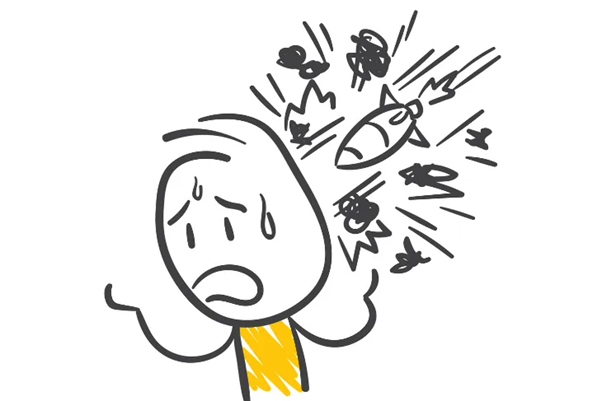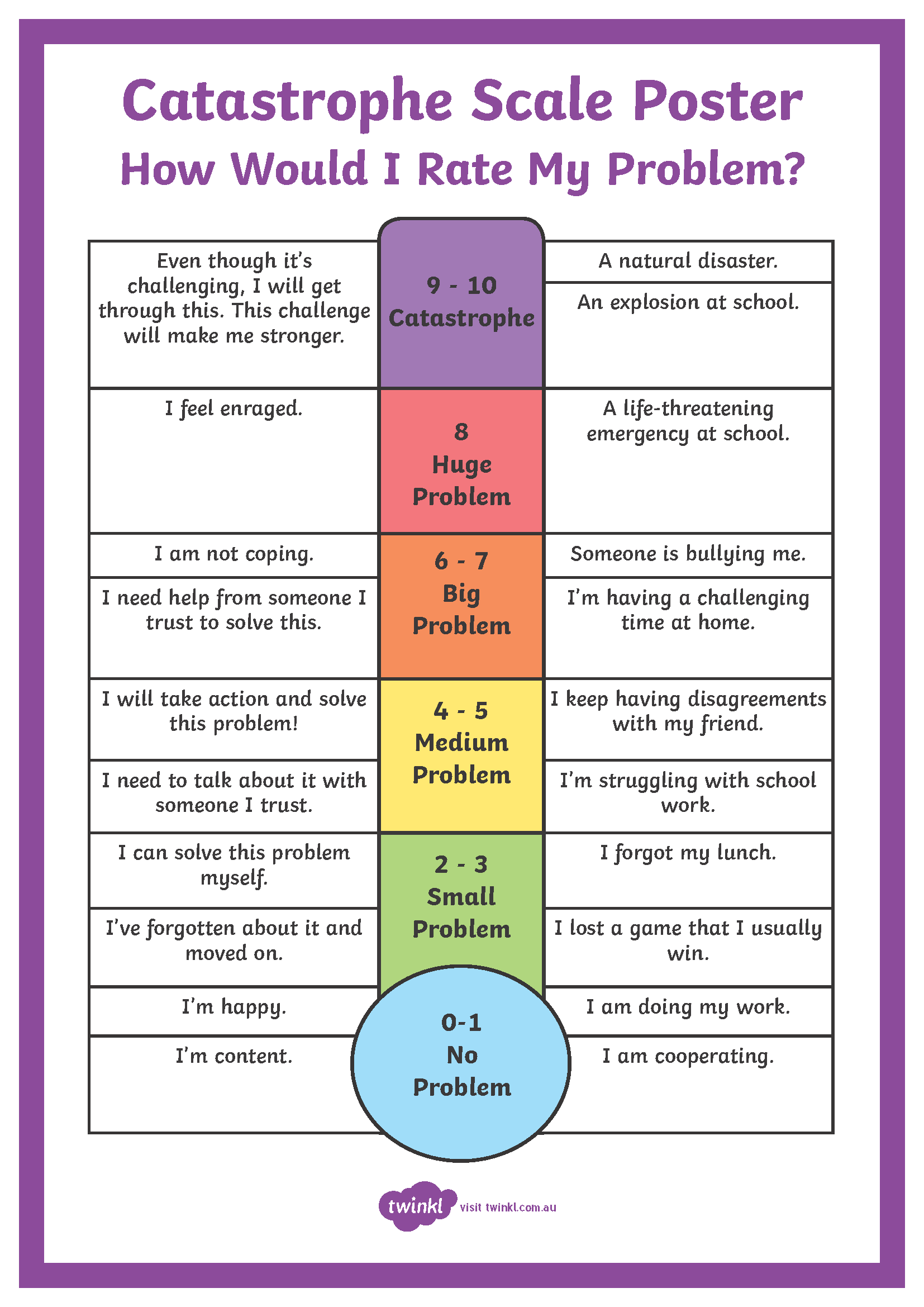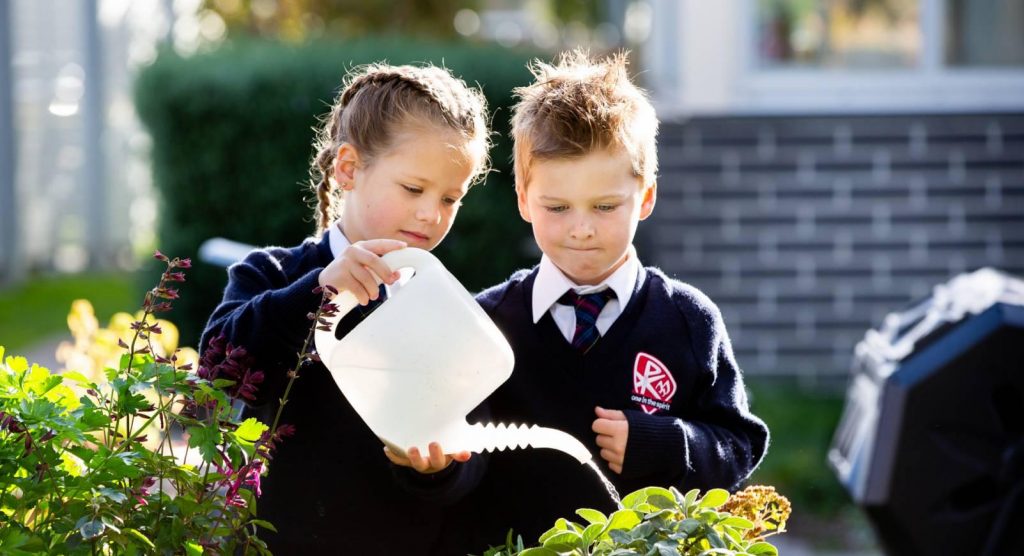What is Catastrophising?
As we all settle into a new term (a new school for some) and new classes with new faces, it is not uncommon to experience big emotions (e.g. anger, disappointment, sadness, anxiety).
These emotions are usually preceded by numerous unhelpful self-statements and thoughts, such as, “I have no one to sit next to at school”, “They don’t want to play with me”, “No one cares about me” and “I’m stupid”.
Often there is a pattern to such thoughts, and we call these ‘unhelpful thinking styles’. You may notice your child using unhelpful thinking styles as an automatic habit or reaction to something that has happened at school, social situations or when tired and rundown.
Let’s look at Catastrophising
Catastrophising occurs when we ‘blow things out of proportion’ and view the situation as terrible, awful, dreadful and horrible, even though the reality is that the problem itself may be quite small.
By learning to question these thoughts you can correct these distortions.
When a teenager, there can be several things going on at once and being able to identify that a pattern is rolling out, can be quite challenging.
Here is a list of questions that may help you to support your child when you see this pattern evolving:
What are you worried about?
How likely is it that your worry will come true?
Can you think of a time this happened and what evidence is there to support your answer?
If your worry comes true, what’s the worst that can happen?
If your worry comes true, what’s most likely to happen?
If your worry comes true, what are the chances you’ll be okay … in one week (more or less than 50%)? How about in a month? Will it even matter in a year from now?

Sometimes using a visual chart such as the CATASTROPHE SCALE can help your child articulate whether the event is a big problem or in fact a little problem as opposed to blowing an event out of proportion.

Mandy Barr
Counsellor

 1030
1030













